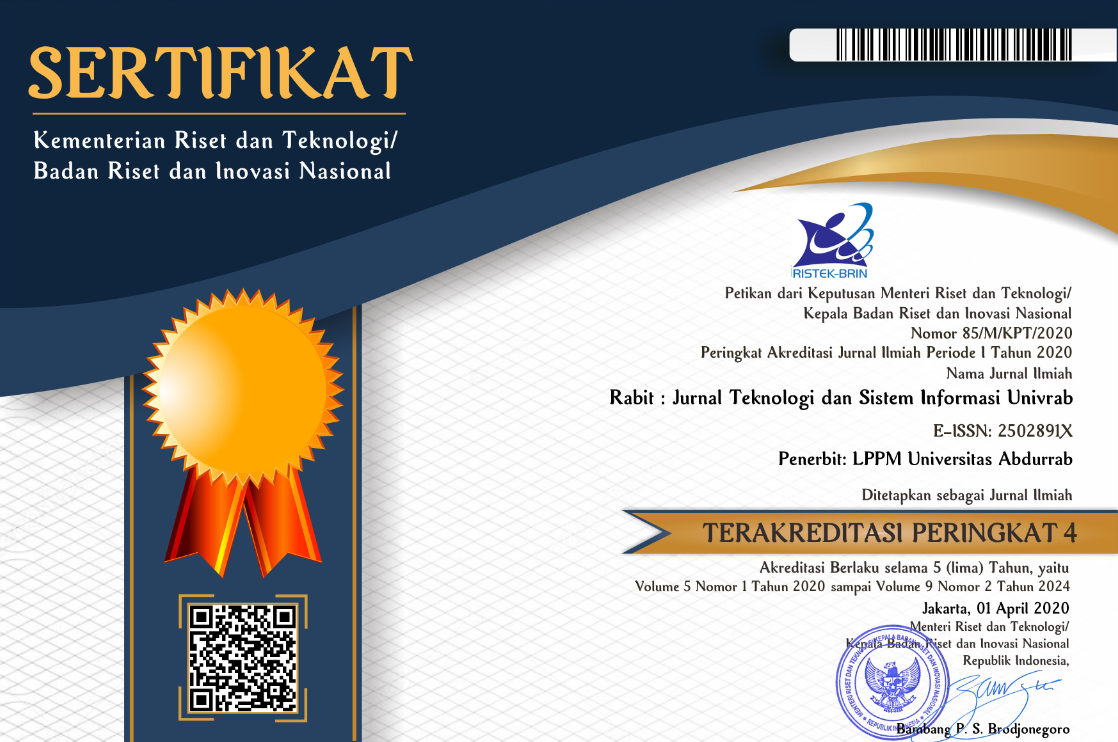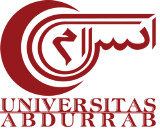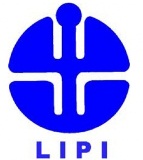IMPLEMENTASI AUGMENTED REALITY PADA MEDIA PENGENALAN PRODI SISTEM INFORMASI FST UINSU MEDAN
Abstract
One of the study programs at the Faculty of Science and Technology (FST) UIN North Sumatra Medan is the Information Systems Study Program. During the Introduction to Academic and Student Culture (PBAK) or what is usually called the orientation period, the introduction of the campus environment in the form of facilities, buildings and rooms is not very clear because it only uses video either during live or online introductions like the current pandemic, so new students do not can find out in detail. Augmented Reality (AR) applications can be a solution to make recognition clearer than video. The method in the AR application used is Markerless Augmented Reality (User Defined Target). This application was built using the C# programming language and the Rapid Application Development development method. The purpose of research and making this application is to make it easier for users (new students) to get information about the campus environment. Users can easily view the existing facilities in the Information Systems Study Program, the layout of the IV UINSU Medan campus building and the FST UINSU Medan room plan directly from their smartphone anywhere and anytime without having to ask the officers around the campus. The information presented in this application is good, easy and smooth to use and testing gets good results.
References
A. K. Pamoedji, Maryuni, dan R. Sanjaya, Mudah Membuat Game Augment Reality (AR) dan Virtual Reality (VR) dengan Unity 3D. Bandung: Elex Media Komputindo, 2017.
A. Ismayani, Membuat Sendiri Aplikasi Augmented Reality. Jakarta: Elex Media Komputindo, 2020.
Z. C. Rawis, V. Tulenan, dan B. A. Sugiarso, “Penerapan Augmented Reality Berbasis Android Untuk Mengenalkan Pakaian Adat Tountemboan,” J. Tek. Inform., vol. 13, no. 1, hal. 30–37, 2018.
A. H. Pujabaladika dan L. Anifah, “Marker Based Tracking Augmented Reality pada Brosur Jurusan Teknik Informatika Universitas Negeria Surabaya,” JINACS (Journal Informatics Comput. Sci., vol. 01, no. 03, hal. 150–156, 2020.
D. Aji Pangestu, I. Fitri, dan Fauziah, “Augmented Reality Sebagai Media Pengenalan Dan Promosi Universitas Nasional,” J. Teknol. Inf., vol. 4, no. 1, hal. 35–42, 2020.
Sugiyono, Metode Penelitian Kuantitatif, Kualitatif dan R&D. Bandung: Alfabeta, 2016.
J. R. Sagala, “Model Rapid Application Development (RAD) Dalam Pengembangan Sistem Informasi Penjadwalan Belajar Mengajar,” J. Mantik Penusa, vol. 2, no. 1, hal. 87–90, 2018.
R. A. Putri, T. Triase, M. D. Irawan, A. B. Nasution, A. Muliani, dan M. Fakhriza, “Pelatihan Peningkatan Kemampuan Desain Grafis Siswa SMA Panti Asuhan Bani Adam As,” J. Abdi Mas Adzkia, vol. 1, no. 2, hal. 108, 2021.
A. Ikhwan, Sriani, dan D. Nofriansyah, “Penerapan Algoritma Apriori Untuk Menganalisa Transaksi Penjualan Untuk Promo Produk Furniture Jepara,” in Konferensi Nasional Pengembangan Teknologi Informasi dan Komunikasi, 2015, no. 1, hal. 19–24.
M Teguh Prihandoyo, “Unified Modeling Language (UML) Model Untuk Pengembangan Sistem Informasi Akademik Berbasis Web,” J. Inform. J. Pengemb. IT, vol. 3, no. 1, hal. 126–129, 2018.
Samsudin, “Perancangan Aplikasi Interactive Learning Berbasis Multimedia,” J. Iqra’, vol. 09, no. 01, hal. 126–142, 2015.
Jubilee, Blender Untuk Pemula. Jakarta: PT Elex Media Komputindo, 2016.

This work is licensed under a Creative Commons Attribution-NonCommercial-ShareAlike 4.0 International License.
Copyright Notice
The copyright of the received article shall be assigned to the publisher of the journal. The intended copyright includes the right to publish the article in various forms (including reprints). The journal maintains the publishing rights to published articles. Therefore, the author must submit a statement of the Copyright Transfer Agreement.*)
This work is licensed under a Creative Commons Attribution-NonCommercial-ShareAlike 4.0 International License.
In line with the license, authors and any users (readers and other researchers) are allowed to share and adapt the material only for non-commercial purposes. In addition, the material must be given appropriate credit, provided with a link to the license, and indicated if changes were made. If authors remix, transform or build upon the material, authors must distribute their contributions under the same license as the original.
Please find the rights and licenses in RABIT : Jurnal Teknologi dan Sistem Informasi Univrab. By submitting the article/manuscript of the article, the author(s) accept this policy.
1. License
The non-commercial use of the article will be governed by the Creative Commons Attribution license as currently displayed on Creative Commons Attribution-NonCommercial-ShareAlike 4.0 International License.
2. Author’s Warranties
The author warrants that the article is original, written by stated author(s), has not been published before, contains no unlawful statements, does not infringe the rights of others, is subject to copyright that is vested exclusively in the author and free of any third party rights, and that any necessary written permissions to quote from other sources have been obtained by the author(s).
3. User Rights
RABIT's spirit is to disseminate articles published are as free as possible. Under the Creative Commons license, RABIT permits users to copy, distribute, display, and perform the work for non-commercial purposes only. Users will also need to attribute authors and RABIT on distributing works in the journal.
4. Rights of Authors
Authors retain all their rights to the published works, such as (but not limited to) the following rights;
- Copyright and other proprietary rights relating to the article, such as patent rights,
- The right to use the substance of the article in own future works, including lectures and books,
- The right to reproduce the article for own purposes,
- The right to self-archive the article,
- The right to enter into separate, additional contractual arrangements for the non-exclusive distribution of the article's published version (e.g., post it to an institutional repository or publish it in a book), with an acknowledgment of its initial publication in this journal (RABIT : Jurnal Teknologi dan Sistem Informasi Univrab).
5. Co-Authorship
If the article was jointly prepared by other authors, any authors submitting the manuscript warrants that he/she has been authorized by all co-authors to be agreed on this copyright and license notice (agreement) on their behalf, and agrees to inform his/her co-authors of the terms of this policy. RABIT will not be held liable for anything that may arise due to the author(s) internal dispute. RABIT will only communicate with the corresponding author.
6. Royalties
This agreement entitles the author to no royalties or other fees. To such extent as legally permissible, the author waives his or her right to collect royalties relative to the article in respect of any use of the article by RABIT.
7. Miscellaneous
RABIT will publish the article (or have it published) in the journal if the article’s editorial process is successfully completed. RABIT's editors may modify the article to a style of punctuation, spelling, capitalization, referencing and usage that deems appropriate. The author acknowledges that the article may be published so that it will be publicly accessible and such access will be free of charge for the readers as mentioned in point 3.
 PDF (Bahasa Indonesia)
PDF (Bahasa Indonesia)
 Abstract views: 960
Abstract views: 960
 downloads: 715
downloads: 715

 :
:












